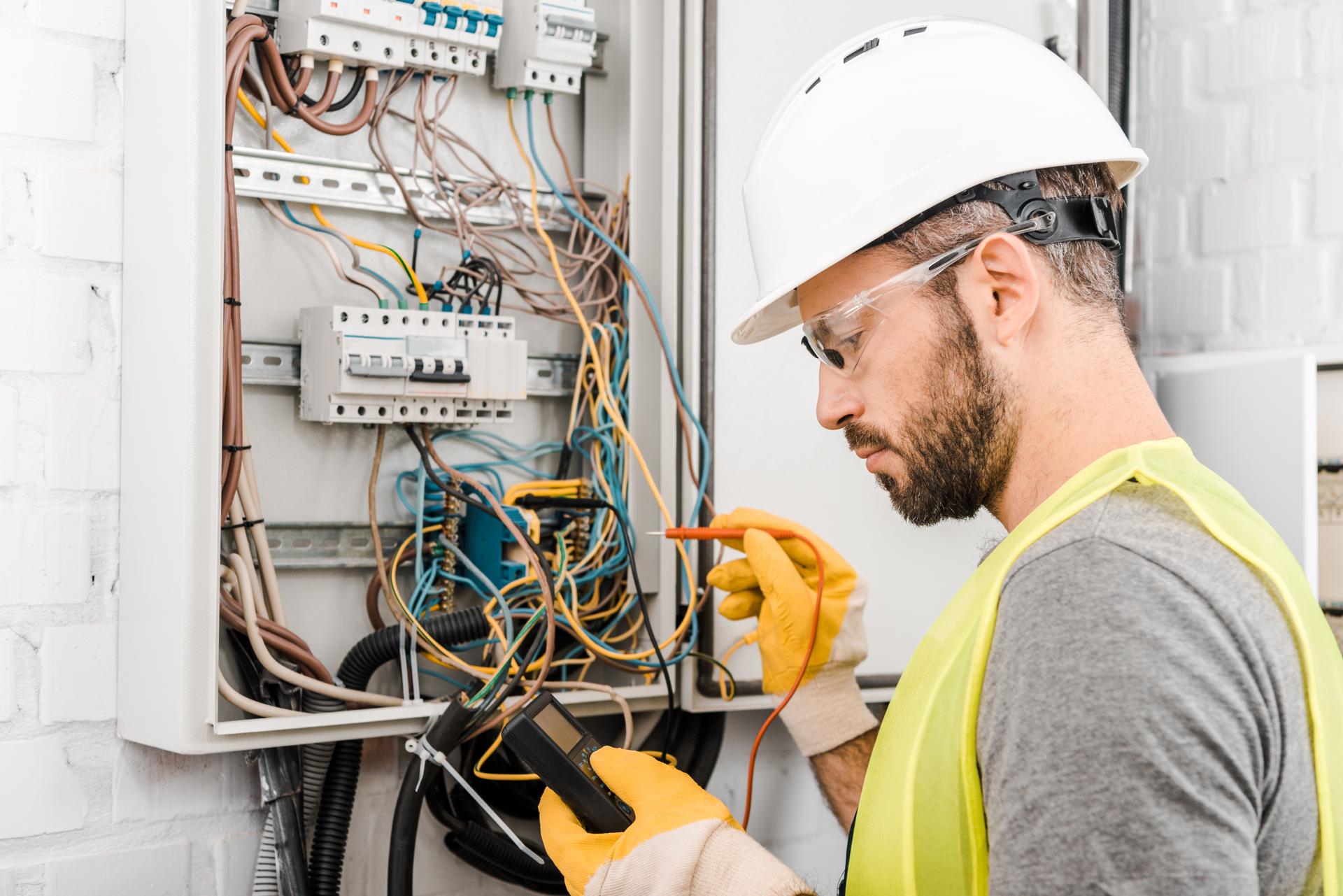A Straightforward Explanation of the Fundamentals Behind Electrical Wiring in Your Home

Electricity is an essential component of our everyday lives, supplying everything from the lights in our homes to the appliances we use every day. However, electricity systems are a bit complicated knowing how they work can be challenging. In this guide we’ll go over the elements of an electrical system and describe how circuits function to power appliances and devices. Our residential electricians can handle any electrical jobs you need.
Components of an Electrical System
An electrical system is comprised of several key components that work together to deliver power throughout the home. This includes:
Breaker box: the main source of electrical power in a home in which the power is divided into different circuits
Switches and outlets: points where electricity is delivered to devices and appliances
Wiring: the electrical wires that carry power from the breaker box, to the outlets and switches
Electronic appliances and gadgets: appliances and gadgets that rely on electricity for their functions.
Electrical Circuits
An electrical circuit is a pathway which allows electricity to flow from the main source (the the breaker box) to the devices and appliances in a home. There are two types of electrical circuits found in a home which are 120-volt circuits and 240-volt circuits. 120-volt circuits are employed for most household devices and appliances, whereas 240-volt circuits are used for larger appliances such as air conditioners and electric dryers.
Electrical circuits work by completing an electrical loop that allows power to flow from the source to the appliance or device. The loop is comprised of a hot wire which transports the power along with a neutral wire that completes the circuit and a ground wire that provides a path for electricity to reach the ground in case the fault occurs.
Understanding the electrical Wiring
Electrical wiring is available in many different types, including non-metallic sheathed cables (NM) as well as armored cables (AC) and conduit. Each has its advantages and disadvantages and the selection of the type of wiring is based on the specific needs for the particular installation.
Electricity travels through wiring by creating a flow of electrons that travel through the wire. The electrons flow through the wire from source, to device or appliance and then back to the source through the neutral wire. It’s essential to ensure that the wiring is put in place and maintained in a correct manner, as improper wiring can cause electrical dangers like shocks and fires.
Common Electrical Issues
Common electrical issues at home include tripping breakers, flickering lights, and dead outlets. The causes of these issues could be by a myriad of causes, including overloading circuits, poor connections, or faulty wiring.
If you are experiencing one of these problems, it’s crucial to pinpoint the cause and take appropriate action to fix the problem. In some cases, this may involve contacting an authorized electrician to examine and fix the wiring.
Final Conclusion, as well as a Call to Action
In conclusion, understanding how electrical wiring works is crucial for ensuring the security and reliability of the electrical system in your home. By following the guidelines outlined in this article, you can stay secure and avoid potential dangers.
If you have any questions or concerns about your home’s electrical system do not hesitate to call Local Electrician North Sydney. Our electricians are licensed and has the experience and knowledge to meet your electrical needs. Contact us by phone at 1300 941 876 to schedule a appointment.
FAQ
What are the symptoms of faulty electrical wiring?
Signs of faulty electrical wiring may include tripping breakers flickering lights, and dead outlets, among others.
How often should I have the electrical system of my house checked?
It’s recommended that you get your home’s electrical system inspected by an authorized electrician at least every 10 years.
What is the expected lifespan for electrical wires?
The life span of electrical wiring is dependent on a variety of factors, including the kind of wiring, the location it’s located in, as well as the quality of installation. In general, most electrical wiring lasts up to thirty years, or even more if it’s installed with the proper installation and maintenance.
Do I have the ability to fix electrical issues myself or should I always employ an electrician?
While some electrical problems can be fixed by homeowners, it’s recommended that you hire an experienced electrician for most electrical repairs. Attempting to fix electrical problems without the proper education and knowledge can be risky and may cause injuries or damages to your home.
What should I do if I have an electrical issue in my home?
If you encounter an electrical problem first thing to do is to turn off power to the affected area by shutting off the fuse or breaker. Then, contact an authorized electrician to examine and fix the issue as soon as is possible.
By following these guidelines by following these guidelines, you can ensure the security and reliability of your electrical system in your home and reduce potential hazards. Be aware that when you need repairs to your electrical system and installations, it’s best to trust the experts. Call Local Electrician North Sydney at 1300 941 876 for all your electrical needs.
